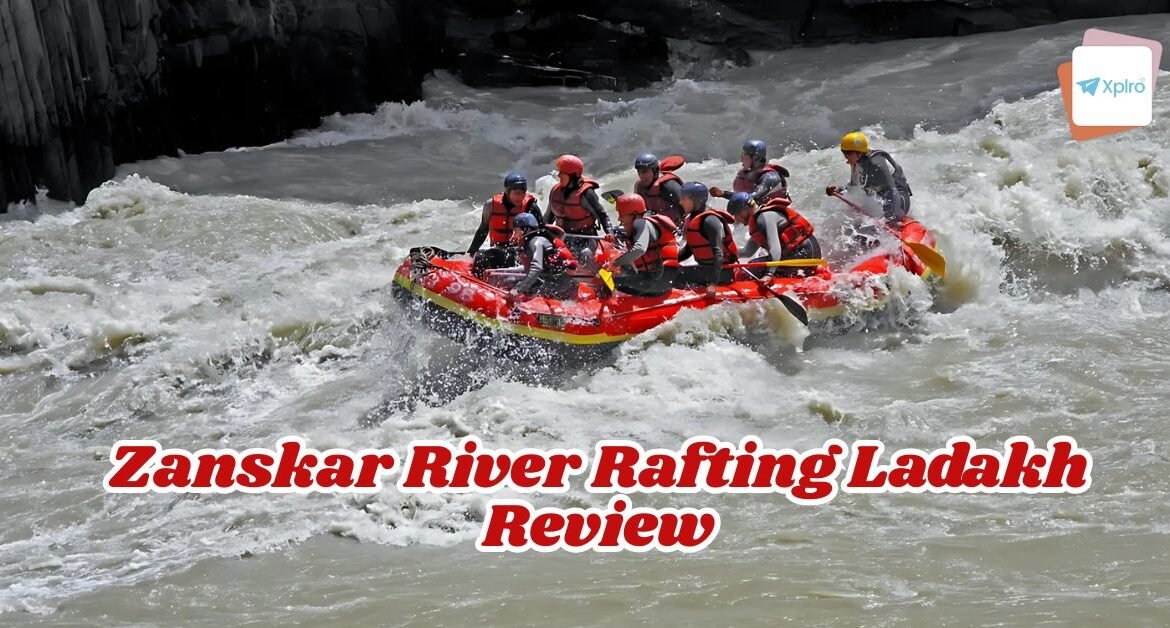Ladakh, India’s high-altitude desert, is a land of timeless monasteries, jagged mountain ranges, and rivers that cut through canyons like liquid thunder. Among its wildest and most iconic offerings is Zanskar River Rafting — an experience that blends intense white-water thrills with surreal Himalayan landscapes.
In this comprehensive Zanskar River Rafting Ladakh review, Xplro.com unpacks every twist, turn, and paddle stroke, giving adventure enthusiasts the roadmap to plan, experience, and reflect on this one-of-a-kind journey. Whether you’re researching your first Ladakh rafting trip or crafting content for thrill-seeking readers, this guide delivers clarity, depth, and strategic
- Why Zanskar River?
- Choosing Your Route: Tailored for Every Adventurer
- When to Go: Timing Your Adventure
- How to Reach
- Essential Packing List
- What to Expect On the Water
- Overnight Rafting: 10-Day Expedition Plan
- Cost Breakdown & Operator Insights
- Safety First: Don’t Compromise
- Camps & Lodging
- Cultural Experiences: Beyond Rafting
- Xplro.com Field Notes
- Final Thoughts
- FAQs
Why Zanskar River?
The Zanskar River flows through some of the most isolated gorges in Asia, cutting between ancient Buddhist villages and towering rock faces. It is a vital tributary of the Indus and offers varied rafting challenges — from gentle ripples near Leh to roaring Grade IV rapids deep in Zanskar Valley.
- Highest Commercial Rafting Route in the World
- Over 100 km of Expedition Potential
- Cultural Landmarks Along the Banks
- Unmatched Geological Formations
Adventure aside, rafting here becomes a spiritual experience. The stark silence of canyon camps, echoes of monastery chants, and sheer scale of the landscapes evoke awe.
Choosing Your Route: Tailored for Every Adventurer
Whether you’re seeking a short thrill or a week-long expedition, Zanskar rafting offers multiple segments. Here’s a snapshot:
| Route Name | Distance | Rapid Grade | Best Suited For |
|---|---|---|---|
| Tsogsti to Sangam | 8 km | I+ | Families, Beginners |
| Skorpochey to Sangam | 18 km | II+ | First-Time Rafters |
| Chilling to Sangam | 30 km | III–IV | Intermediate–Advanced |
When to Go: Timing Your Adventure
Peak Season: June to September
- June: Milder rapids, ideal for beginners
- July–August: Full snowmelt, high flow rates, thrilling grades
- September: Crisp weather, balanced currents
Avoid traveling before June — the river remains frozen or sluggish due to Ladakhi winter. October marks the onset of snow in upper Zanskar, and rafting becomes logistically challenging.
How to Reach
Most rafting journeys start in Leh, Ladakh’s capital. From here, adventurers travel by road to launch sites like Chilling, Remala, or Tsogsti.
Recommended Travel Route:
- Fly into Leh (Kushok Bakula Rimpochee Airport)
- Acclimatize for 48 hours
- Drive to Chilling (approx. 2 hours)
For multi-day expeditions like Remala to Nimu, expect long drives via Kargil and Rangdum — through barren valleys dotted with prayer flags and forgotten chortens.
Essential Packing List
Ladakh demands thoughtful packing. The weather is unpredictable, and you’re constantly toggling between wet gear and high-altitude layers.
Must-Carry Items:
- Thermal Base Layers & Waterproof Jacket
- Quick-Dry Rafting Shorts & Sandals
- Sunscreen, Sunglasses & Lip Balm
- Dry Bag & Hydration Pack
- Altitude Medication (Diamox), First Aid
- GoPro / Action Camera
Tour operators typically provide safety gear (helmets, wetsuits, life jackets), but personal comfort items enhance your expedition.
What to Expect On the Water
Zanskar’s rafting character changes with every kilometer. One moment, you’re drifting through silent ravines; the next, you’re navigating Class IV rapids screaming with glacier-fed fury.
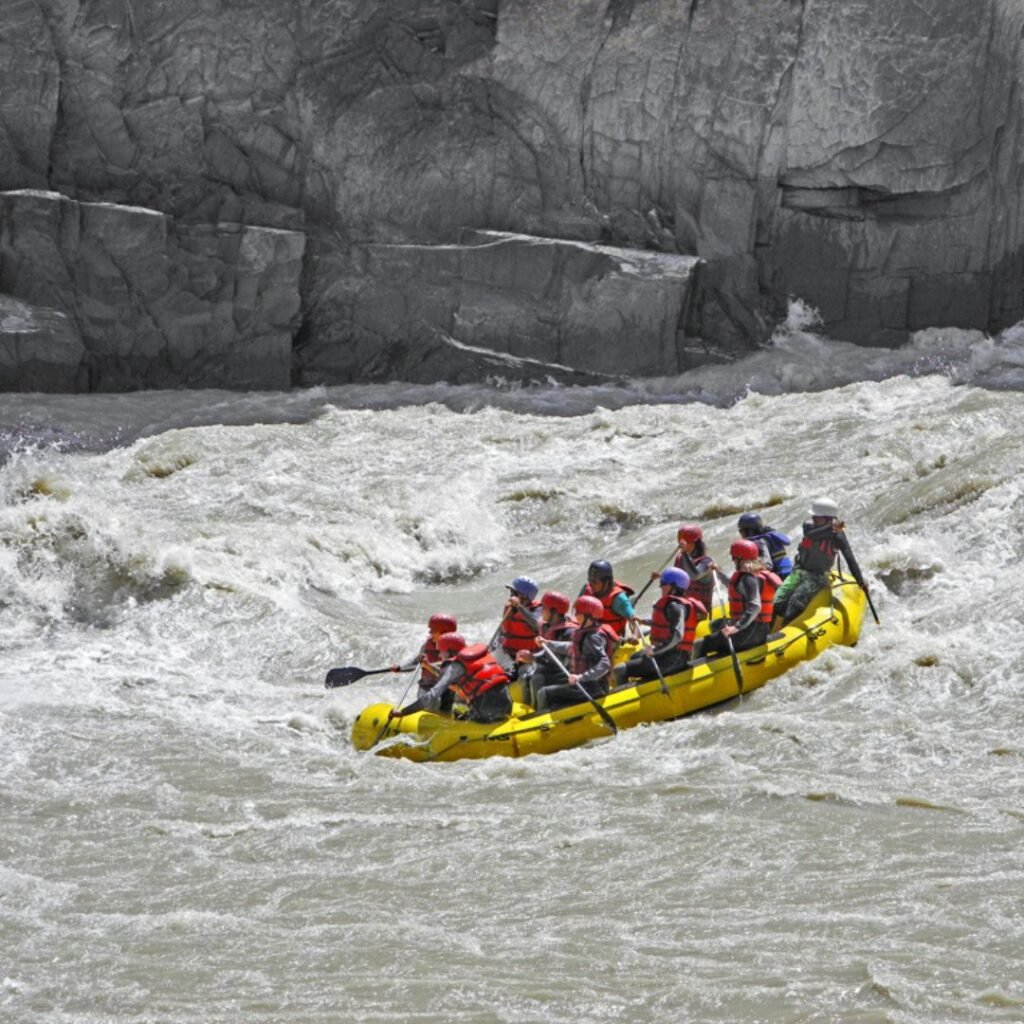
- Water Temperature: ~4–6°C
- Rapid Grades: I to IV
- Wildlife: Marmots, snow pigeons, blue sheep
- Visual Highlights: Nyerak Canyon, Lamayuru Cliff Face
Expect moments of silence, song, splash, and awe — all punctuated by Ladakh’s pure, unfiltered beauty.
Overnight Rafting: 10-Day Expedition Plan
Xplro.com recommends a full expedition for seasoned travelers. Here’s a sample itinerary:
- Day 1–2: Leh acclimatization, monastery visits (Thiksey, Shey, Hemis)
- Day 3: Drive to Remala via Kargil & Rangdum
- Day 4–9: Raft through Padum, Karsha, Nyerak, Honia, Lamaguru
- Day 10: Reach Nimu, return to Leh
Highlights include:
- Campfire Nights Under Glacier Peaks
- Remote Interactions with Zanskari Tribes
- Daily Rafting of 10–20 km
This 100+ km journey offers cultural immersion alongside the rush of remote whitewater paddling.
Cost Breakdown & Operator Insights
| Rafting Segment | Average Price (INR) | Inclusions |
|---|---|---|
| Chilling to Sangam | ₹3,100–₹3,400 | Guide, gear, transfers, light refreshments |
| Skorpochey to Sangam | ₹2,300–₹2,600 | Pickup, wetsuit, drinks |
| Tsogsti to Sangam | ₹1,400–₹1,700 | Short trip, safety gear |
Prices vary by provider. Some operators bundle photography, meals, or upgraded gear. Booking platforms include Thrillophilia, IndiaHikes, and local Leh-based outfitters.
Safety First: Don’t Compromise
Zanskar is wild and unforgiving. Even basic segments require respect for protocols.
Mandatory Safety Measures: Zanskar River Rafting Ladakh Review
- Minimum Age: 14 years
- Medical Restrictions: No asthma, heart issues, or recent surgeries
- Pre-Rafting Briefing: ~30 minutes covering rescue, posture, commands
- Gear Quality: ISI-approved life jackets, reinforced helmets
Xplro.com advises verifying operator certifications, insurance provisions, and support staff ratios.
Camps & Lodging
During multi-day rafting, accommodation ranges from rustic to spiritual.
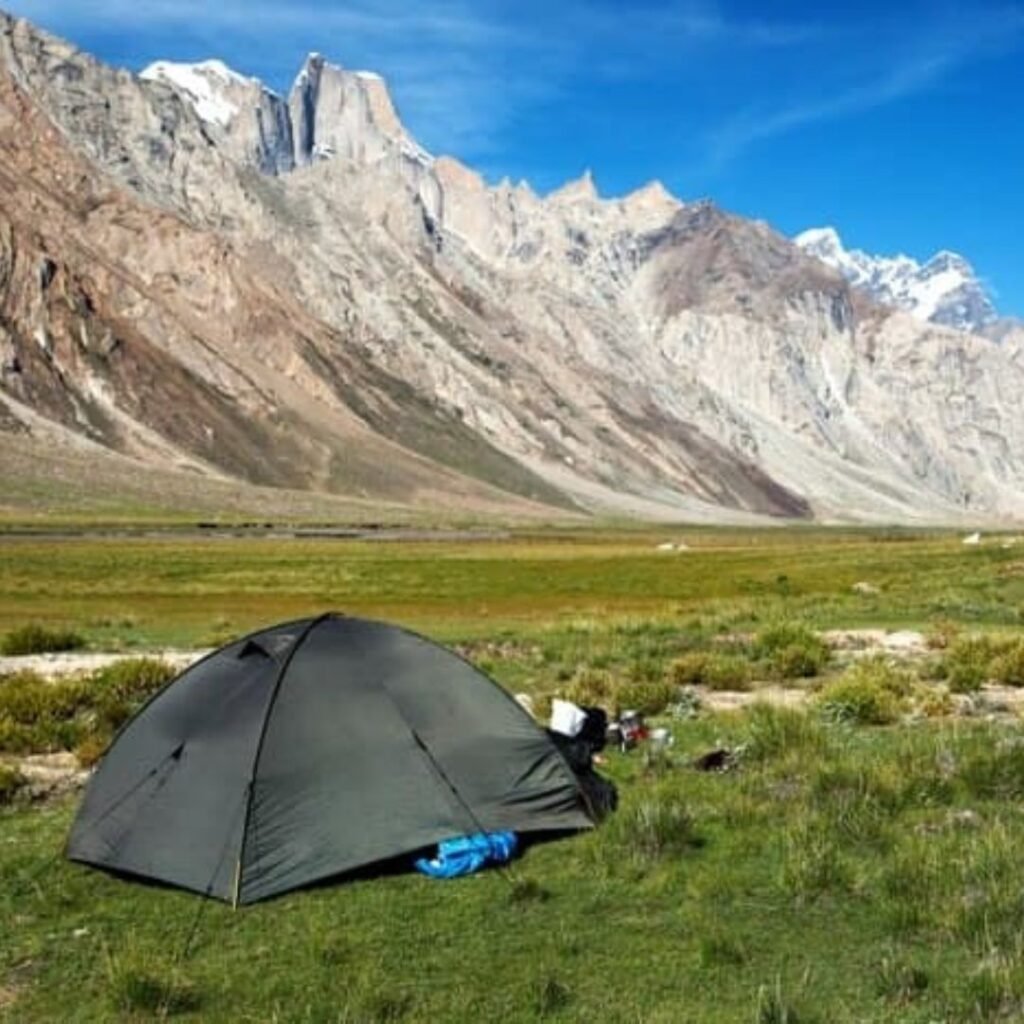
- Remala Base Camp: Alpine tents, morning rituals
- Nyerak Canyon Camp: Silence, sheer cliffs, star-strewn skies
- Karsha Village Lodges: Buddhist hospitality, local cuisine
For overnight trips, pack sleeping bags rated for sub-zero temperatures and opt for insulated tents when available.
Cultural Experiences: Beyond Rafting
Monasteries:
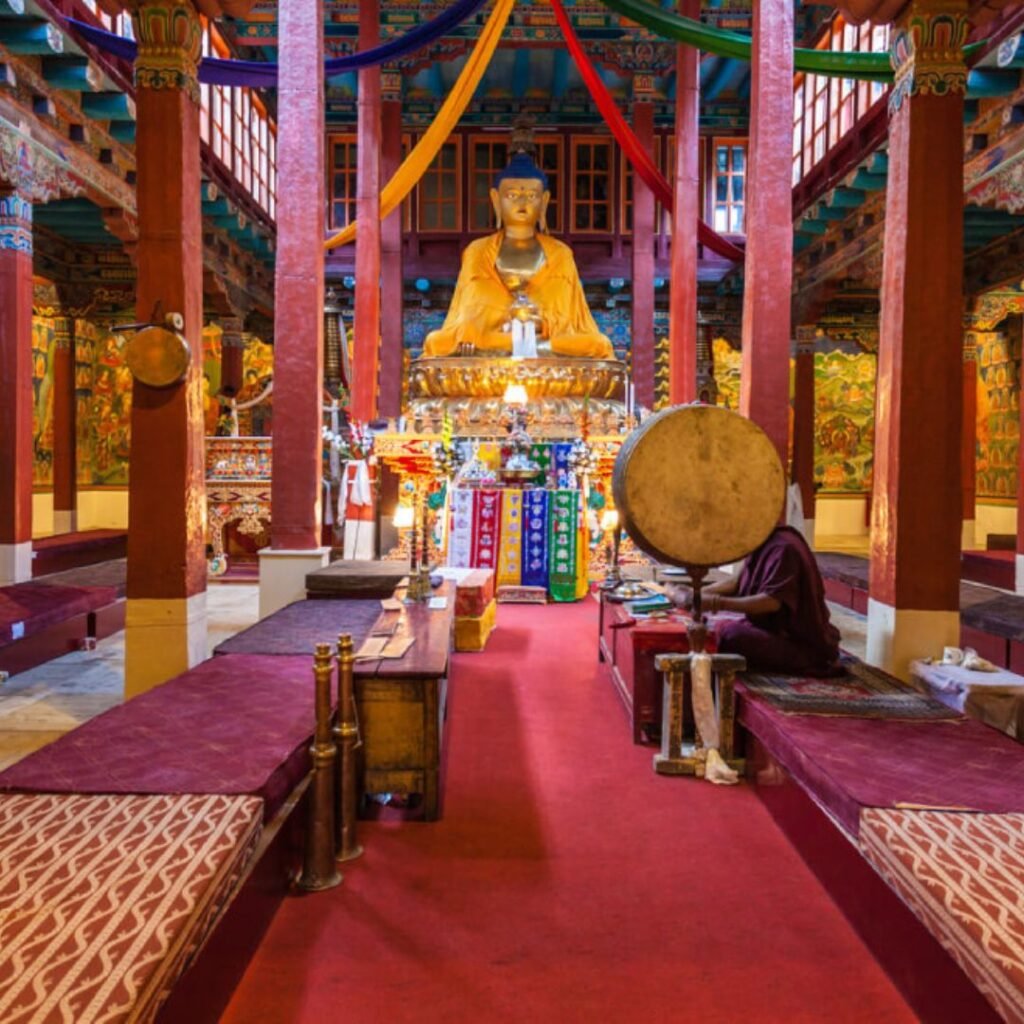
Explore Shey, Hemis, and Karsha — where ancient monasteries whisper tales of devotion and Himalayan resilience. Shey Palace, once the royal seat, offers panoramic views and serene stupas. Hemis Monastery, Ladakh’s largest, bursts to life during the Hemis Festival with masked dances and sacred rituals. Karsha Gompa, perched above the Zanskar River, houses rare murals and echoes of chanting monks that transport you to a different era. These spiritual havens not only preserve Tibetan Buddhist heritage but also promise soul-stirring vistas that stretch across snowy passes into Tibet. Ideal for seekers, photographers, and history lovers exploring Ladakh’s spiritual side.
Villages:
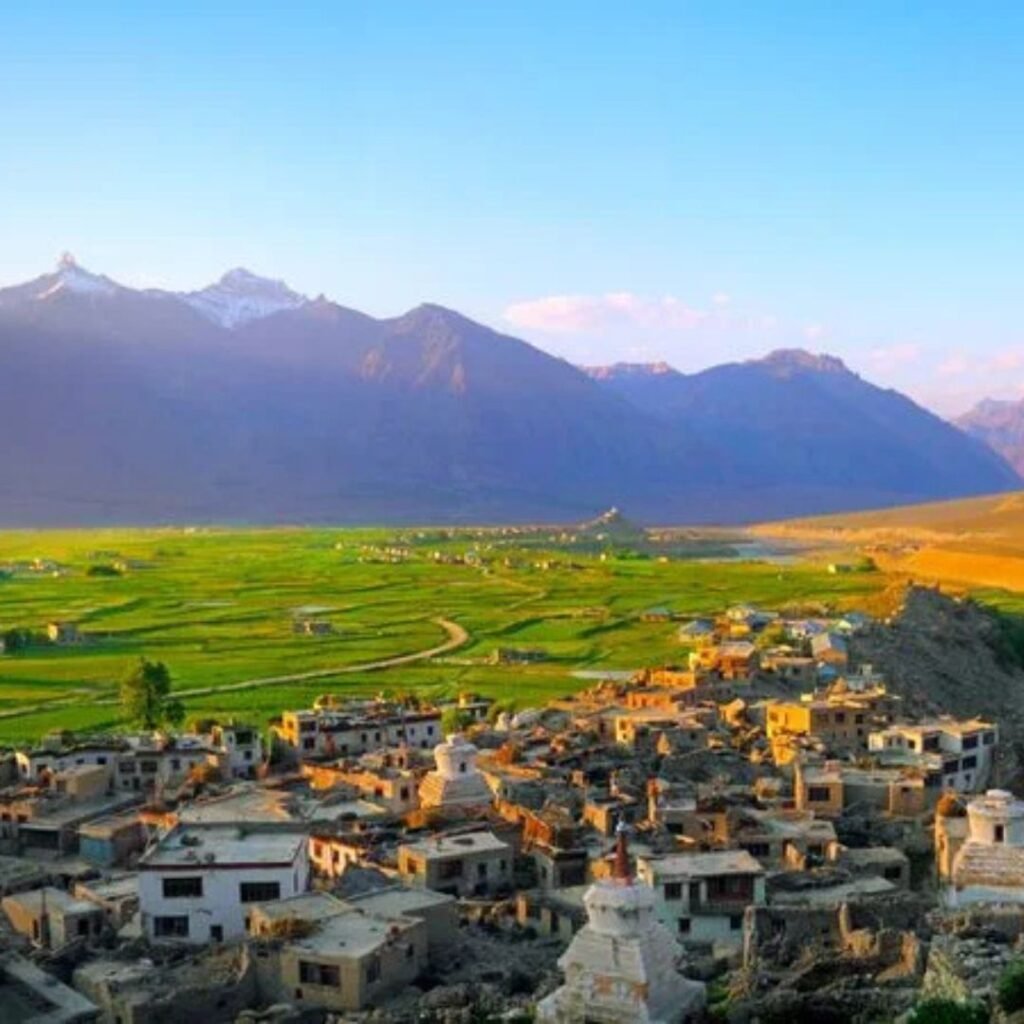
Interact with Zanskari families, learn the rhythms of yak herding across high-altitude pastures, and witness traditional spinning and weaving practices that have been passed down for generations. In these remote Himalayan villages, hospitality is heartfelt and culture runs deep. Share butter tea with locals, observe the intricate process of turning yak wool into warm garments, and listen to stories that reflect resilience and harmony with nature. These immersive experiences offer more than sightseeing — they connect you with a way of life shaped by snow, silence, and centuries of tradition. A true cultural treasure for slow travelers and storytellers alike.
Cuisine:
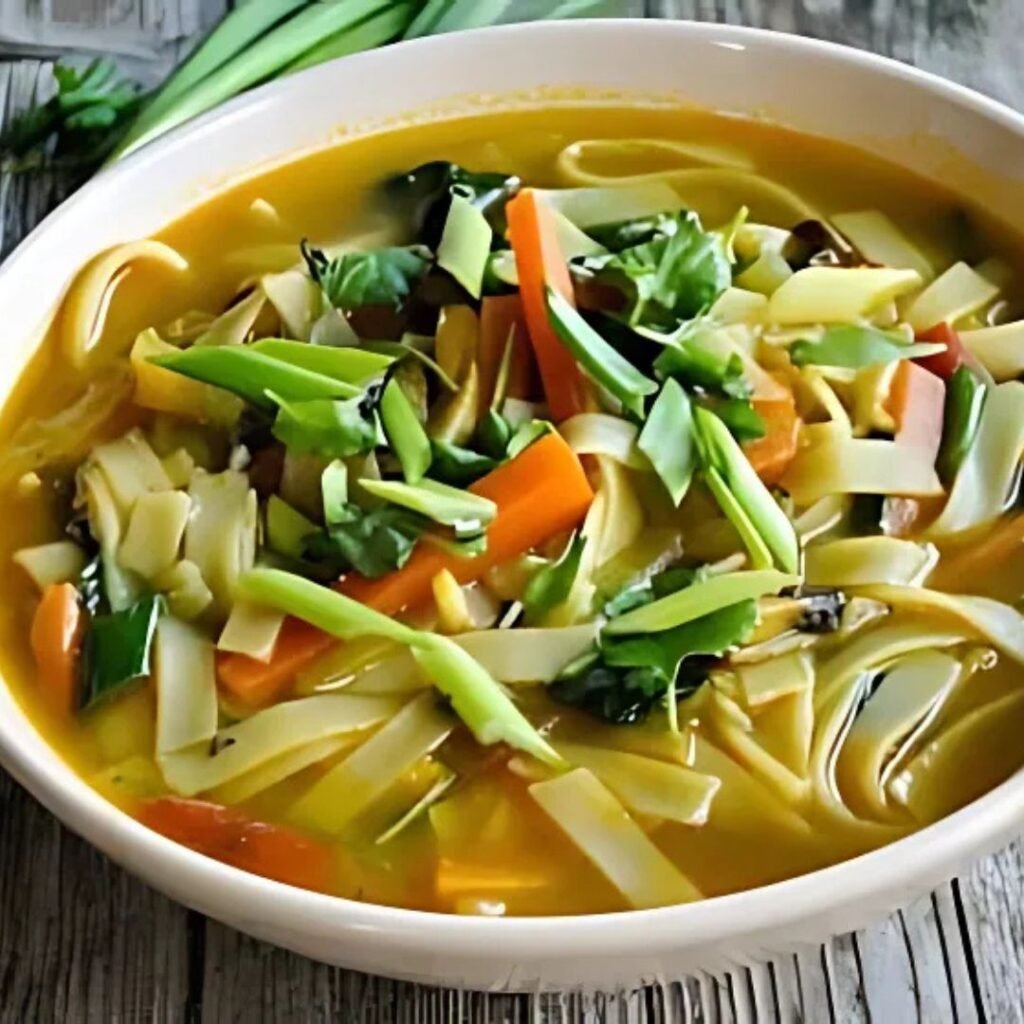
Expect steaming thukpa (noodle soup), hearty tsampa (roasted barley flour), and salty butter tea served beside flickering canyon flames under a starlit sky. These humble meals, rich in tradition, offer warmth and comfort after a day of rugged exploration. In Zanskar, adventure takes on a deeper meaning — not just through trekking icy trails or rafting wild rivers, but by absorbing the quiet wisdom of monks, the resilience of villagers, and the stillness of monasteries perched on cliffs. Here, adrenaline meets introspection, and every journey becomes a path toward spiritual clarity and cultural connection.
Xplro.com Field Notes
“Zanskar rafting surprised us. It wasn’t just physical challenge — it was psychological release. Drifting beneath billion-year-old cliffs, watching ravens fly beside us, sipping butter tea after rapids… Ladakh opens you up. We recommend pairing this trip with storytelling, photography, and mindful solitude.”
We documented the journey in GoPro reels, journal excerpts, and cultural interviews — now archived on Xplro.com’s Adventure Section.
Final Thoughts
Zanskar River rafting is not just about riding Himalayan rapids — it’s a soul-stirring immersion into Ladakh’s breathtaking geology, spiritual depth, and remote tribal life. Whether you’re braving Grade IV waters or bonding over butter tea at canyon camps, this journey offers a rare fusion of adrenaline and introspection.
For adventure seekers crafting stories, building brand credibility, or creating evergreen content on Xplro.com, this guide positions your platform as a go-to resource for high-value travel advice. With strategic keywords, structured tables, rich imagery, and schema-ready formatting, it’s designed to capture both hearts and search rankings.
FAQs
What is Zanskar River rafting known for?
- Zanskar River rafting is famous for being the world’s highest commercial rafting point, offering Grade I to IV rapids through Ladakh’s remote gorges.
Where does Zanskar River rafting start and end?
- Popular routes begin at Chilling, Remala, or Karsha and end at Sangam or Nimu, covering up to 100+ km depending on the expedition.
What is the best time for Zanskar River rafting?
- The ideal season is June to September, with July and August offering peak water levels and thrilling rapids due to glacier melt.
Is Zanskar River rafting safe for beginners?
- Yes, beginner-friendly routes like Tsogsti to Sangam feature low-grade rapids and full safety gear, making them suitable for first-timers.
What rapid grades are found in Zanskar River?
- Zanskar River features Grade I to IV rapids, with expedition routes offering a mix of gentle flows and intense white-water sections.
How cold is the water in Zanskar River?
- Water temperatures range from 4°C to 6°C, fed by Himalayan glaciers. Wetsuits are provided by operators for thermal protection.
What is the cost of Zanskar River rafting?
- Prices range from ₹1,400 to ₹3,400, depending on the route, operator, and inclusions like gear, transfers, and meals.
Are there age restrictions for rafting in Ladakh?
- Yes, most operators require participants to be 14 years or older for rapid sections. Family-friendly routes may allow younger teens.
Do I need prior rafting experience?
- No prior experience is needed for beginner routes. Advanced expeditions require basic fitness and comfort with water-based activities.
Can I book Zanskar rafting online?
- Yes, online booking is available through platforms like Thrillophilia, Aquaterra Adventures, and local Leh-based operators.
What gear is provided by rafting operators?
- Operators supply life jackets, helmets, wetsuits, paddles, and safety briefings. Some also offer GoPro rentals and dry bags.
What should I pack for Zanskar rafting?
- Bring quick-dry clothes, waterproof shoes, sunscreen, lip balm, dry bag, hydration pack, and personal medication.
Are meals included in multi-day rafting expeditions?
- Yes, most packages include hot meals, snacks, and beverages, especially on overnight camping routes.
Is camping available during rafting expeditions?
- Yes, multi-day trips include wilderness camping at scenic spots like Karsha, Nyerak, and Lamaguru, often with tented setups.
Can I combine rafting with cultural experiences?
- Absolutely. Expeditions often include visits to monasteries (Shey, Hemis, Karsha) and interactions with Zanskari villages.
What wildlife can be seen along the Zanskar River?
- Expect sightings of Himalayan marmots, ibex, snow pigeons, and rare birds along canyon walls and riverbanks.
Are there medical facilities nearby?
- Basic medical kits are carried by guides. However, Leh is the nearest town with full medical services, so carry essential medication.
Do I need permits for rafting in Ladakh?
- No special permits are needed for rafting, but Inner Line Permits may be required for travel in restricted zones around Ladakh.
Is Zanskar River rafting suitable for solo travelers?
- Yes, solo travelers can join group expeditions or book private trips. Operators ensure safety, camaraderie, and logistical support.


